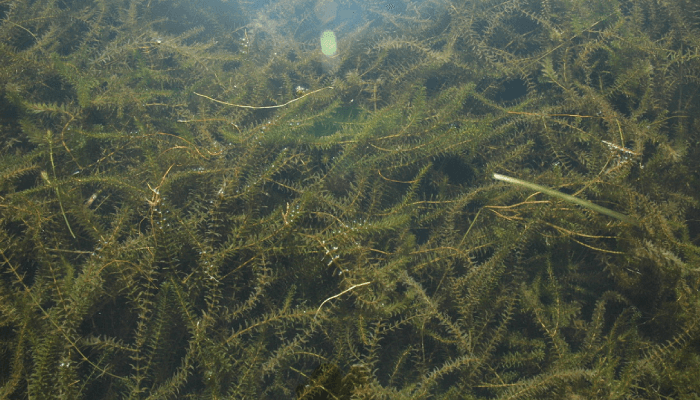When bald eagles started dropping dead in Arkansas in the mid-90s, scientists were stumped – in part because of the strange ways that these birds acted. Some flew into cliff faces. Others stumbled about drunkenly on the ground. Suspected causes from known toxins to infectious disease were explored, but a definitive answer remained elusive.
Twenty-five years later, we may finally have one…
The first clue? A cause of death: avian vacuolar myelinopathy (AVM). The birds were dying because of lesions in their brains and spinal cords. “We know of more than 130 bald eagles that have died since the discovery of AVM in 1994,” says Timo Niedermeyer, a researcher from Germany’s Martin Luther University who tackled the bizarre events. “When the disease first arose, it killed around 70 percent of the bald eagles wintering at DeGray Lake, and it was later found to affect waterfowl, fish, amphibians, reptiles, and crustaceans, too!”

Therein lies clue number two: proximity to specific bodies of water. Timo says, “These affected waters had one thing in common: dense aquatic vegetation, especially Hydrilla.” But there were areas where Hydrilla grew and no AVM occurred, so what factor made the deadly difference in some places? Upon closer inspection, a previously unidentified cyanobacterium was found on the Hydrilla in affected lakes. A suspect at long last…

“I received a sample of the cyanobacterium in 2010,” Timo told us. “We purified it, but (extremely) slow growth of the strain meant that it took us 18 months to accumulate enough of it to feed to chickens and test our theory.” After all that time, the cyanobacteria did not cause AVM in the chickens and the project was almost discontinued. But then Timo’s team had another thought: what if the cyanobacteria present in the lakes produced different metabolites to those grown in the lab?
MS imaging was used to analyze the cyanobacterium in its true environment. To the researchers' delight, a metabolite absent from the laboratory cultures was detected. “The metabolite was spectacular,” Timo explains. “The sum formula was unknown, but it contained five bromine atoms. This explained why the metabolite wasn’t produced in the lab – there was no bromine available there!” Analysis using NMR, infrared, high-resolution MS, and X-ray crystallography then dove a little deeper.
From there, another team was able to show that this novel toxin caused AVM with relative ease! But that’s not the end of this story. “Now we need to find out where this bromide is coming from,” Timo explains. “Higher bromide concentrations are unusual in freshwater and, though it may have natural origins, it’s likely that human activities are to blame.”




